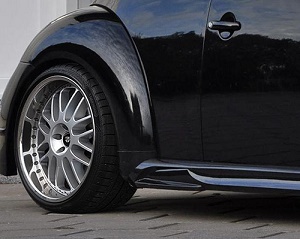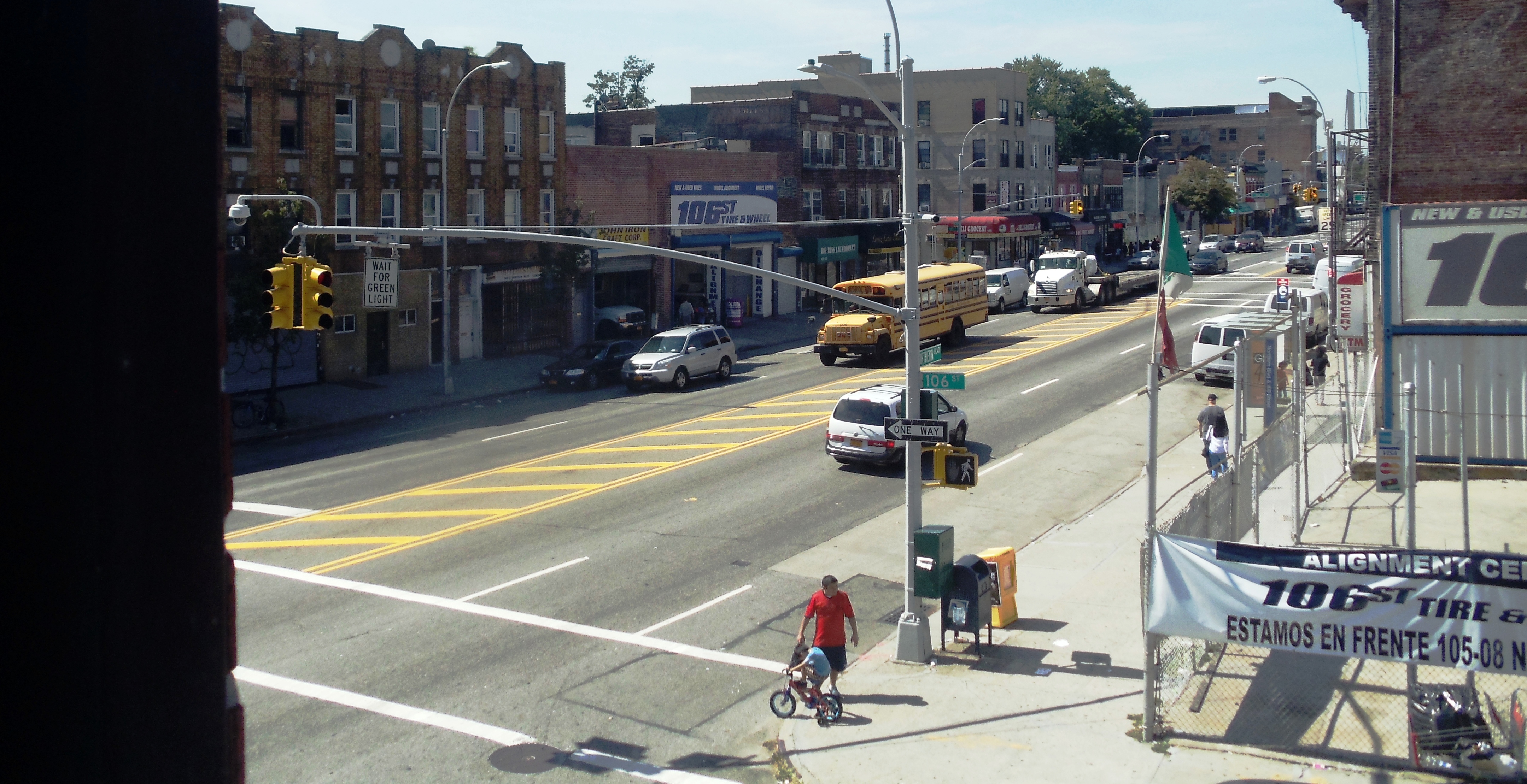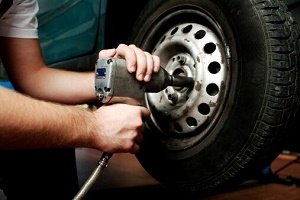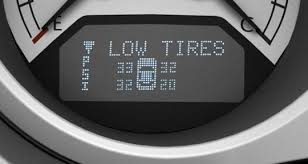Posted on 10/14/2015

Autumn...Time to Change your Driving Style for Safety Sake Autumn is a dangerous time to drive because schools open, leaves fall.... 1) Kids have gone back to school 2) Halloween puts more kids on the streets after dark 3) Daylight savings time is approaching, it will be darker earlier 4) Fallen leaves make roads slippery 5) Leave hide debris, pot holes, kids Result? The number one killer of kids ages 4-18 is traffic accidents that happen in autumn reports the National Highway Traffic Safety Administration. That amounts to 29% of all pedestrian related fatalities.NEARLY 800 KIDS ARE KILLED EVERY YEAR DURING SCHOOL TRAVEL TIMES. Our children's safety must be a high priority for every driver...it's a driver's responsibility to up keep our vehiclesperformance. Yearly safety inspections in NYS are about lessening dangers to other motorists and pedestrians.By the way, 106 St Tire & Wheel does NYS safety inspections at our ... read more
Posted on 10/12/2015

Bam!! You hit a curb, railroad track or a pothole and blew a tire. Even after replacing the tire and balancing the wheel, your car still doesn't feel quite right...a slight shimmy, a vibration or maybe a more-pronounced shake. Chances are you damaged the rim. If you've been pricing wheels anytime recently, you know that it's easy to spend between $400 and $1000 for a replacement. Why go to that expense if your damaged wheel is repairable? At 106 St Tire & Wheel, we offer a full range of comprehensive wheel repair: Re-true a warped or bent wheel with a specialized straightening machine, bringing it back to balance and trueness again quickly Repair the damage that comes from being scuffed along the curb too many times A ding along the rim from a hard impact isn't a problem – you'd be amazed to see what kind of dent and ding damage is actually repairable, to a point where you can't tell it was ever damaged at all. Computerized color matching can provide a perfect fit for you ... read more
Posted on 9/18/2015

Our state of the art wheel alignment center is now located on Northern Blvd at 105-08 Northern Blvd.This picture gives the one picture worth a thoudand words view of where our new alignment center is...not even a half a block away from previous location...and you were worried? :o) This new facility is our second Northern Blvd location joining our iconic tire and wheel repair locationon the corner of 106 St and Northern Blvd at 106-01 Northern where we have served the communityfor decades. As you can see the new wheel alignment center is just feet away from the old one andits brand new. Our famous HOME OF THE $45 wheel alignment (most cars) is still out community outreach front runner.All of our locations offer this deal. Call us 24/7 for info or just go over to Northern Blvd, both buildings are open 24/7 to serve our customers718-446-6769 and this included holidays and weekends as always. We're closed one day a year...Christmas otherwise, 106 St Tire and Wheel is alw ... read more
Posted on 9/16/2015

At 106 St. Tire & Wheel, we get a lot of questions about wheel alignments...so we thought it would be a good idea to set the record straight and clear up any misconceptions. Your car leaves the factory with the wheels set at specific angles for proper drivability, stability, and handling. The crucial alignment angles for the front wheels are toe-in/toe-out, referring to the direction in which a wheel points (relative to a dead-ahead straight line); caster, which refers to the position of the top of the wheel, and camber, which is the offset of the suspension relative to an imaginary vertical straight line behind the wheel. Many newer vehicles also are designed with adjustable rear suspensions, and a four-wheel alignment ensures that the rear wheels' “thrust angle” is at a proper relationship with the front wheels. There are only two major signs that can indicate improper wheel alignment. One is a persistent pull to the right or ... read more
Posted on 9/3/2015

The ABCs of TPMS:FAQ about TPMS (Tire Pressure Monitoring System) from the experts at Queens 106 St Tire & WheelI'm hearing a lot about tire pressure monitoring systems; what exactly is TPMS?TPMS is a fairly new automotive warning system feature displaying tire pressure in new vehicles equipped with them. The law requiring TPMS was mandated by the federal government in 2007. And right from the start everyone at Queens 106 St Tire & Wheel shop locations ... its techs, managers and staff were trained to answer questions about TPMS, maintain, replace and service tire presure monitoring systems. TPMS systems have warning lights on the dashboard (see image above) informing the driver whether anyone of the 4 tires is compromised in safety because of improper tire pressure. (Please note: the batteries powering the display on the dashboard wear out like any other batte ... read more